141 Fifth Avenue: Review and Ratings
between East 20th Street & East 21st street View Full Building Profile
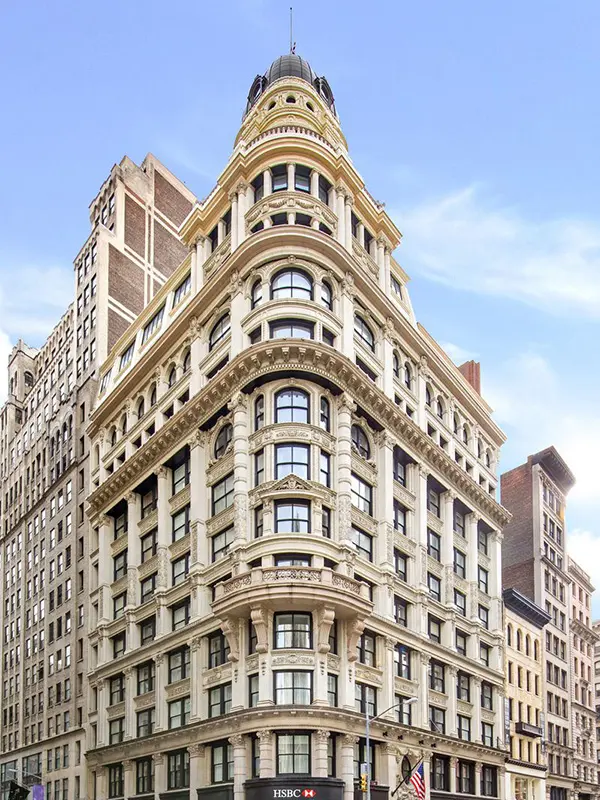

One of the grandest buildings in the Flatiron District is 141 Fifth Avenue, the southern portion of the building was erected in 1897 and designed by Robert Maynicke and the building was extended to the north in 1900 by architect Henry Edwards Ficken.
In 2009, the top ten floors of the 12-story building, which is distinguished by its fine domed cupola and its curved corner, were converted to use as 38 residential condominiums.
The very ornate and handsome building, which also has the address of 2 to 8 East 21st Street, had been acquired in 2005 by SL Green and Savanna Partners for about $60 million.
SL Green owns the lower two commercial floors and Savanna Partners was the sponsor of the residential condominium conversion.
Cetra/Ruddy was the architectural firm involved with the residential conversion.
Bottom Line
This distinctive and very handsome building is close to the Flatiron Building and Madison Square Park and is convenient to the Gramercy Park, Union Square and Chelsea neighborhoods.
Description
The cupola-topped building has a rounded corner and an arched entrance beneath a large circular window. The white-brick building has elaborate terracotta decoration. It has banded columns on the 7th and 8th floors and the 8th floor has large circular windows and the 10th floor has arched windows.
Amenities
The building has a roof deck, basement storage, a doorman, and a fitness center, but no sidewalk landscaping and no balconies.
Apartments
The apartments at 141 Fifth Avenue have ceilings higher than 10 feet and wide plank solid walnut flooring. Kitchens have Pietra Cucina stone countertops with glass tile backsplashes and walnut breakfast islands or peninsulas with carved legs, bookshelves and Calacatta Gold marble countertop, Subzero glass-front refrigerators, Wolf ranges, Miele dishwashers and GE Monogram wine coolers.
A November 25, 2007 article by Josh Barbanel in The New York Times noted that the dome in this building was the most recent to have been converted to residential uses. He noted that at the time it was on the market for $12 million and that the apartment had 3,200 square feet of space as well as three terraces with a total of 780 square feet of outdoor space. The cupola, he wrote, has two rows of windows and is about 20 feet in diameter.
Apartment 38 is a two-bedroom unit that has a 10-foot-wide foyer that leads to a 29-foot-wide living/dining area with a curved corner and an open, 14-foot-long kitchen with an island.
Apartments 17, 21, 25 and 29 are two-bedroom units with 9-foot-long foyers that open on a 21-foot-long living/dining area with an open 14-foot-long kitchen with an island. One of the bedrooms has a small alcove.
Apartment 5 is a one-bedroom unit on the third floor with 1,205 square feet, a 26-foot-long living/dining area with an open 16-foot-long kitchen, a 9-foot-long home office, and a 39-foot-long terrace with two entrances.
Apartment 9AB is a three-bedroom unit with a 9-foot-long foyer that opens into a very large living/dining area with an open kitchen with an island. The 21-foot-long master bedroom has a 14-foot-long sitting room.
The Penthouse East has a foyer that opens onto an 18-foot-long living/dining area with an open 12-foot-long kitchen with an island, a 13-foot-long library and a 39-foot-long terrace on the upper level and three bedrooms on the lower level.
The triplex cupola apartment has a 20-foot-long bedroom on the upper level, a 31-foot-long parlor on the mezzanine level that has two terraces, and a 29-foot-long living/dining area adjacent to a 14-foot-long open kitchen with an island and a bedroom on the lower level.
History
An exposed rooftop watertank was removed in the conversion which included a rooftop addition to provide recreation space for the residences. The actions were approved by the city's Landmarks Preservation Commission.
Several members of the commission applauded the proposed plans. Roberta Brandes Gratz described the structure as one of the "iconic" buildings of the Flatiron district. A spokesman for the developer indicated that plans for the restoration of the two-story base of the building were contingent on the expiration of existing commercial leases.
The base was modified somewhat in the 1950s and Savanna's architect indicated that original capitals to the stone pilasters could be replicated.
Jack Taylor of The Drive to Protect the Ladies' Mile testified that "Much as we admire the applicant's largely successful efforts to restrict the visibility from the public way of the proposed roof additions and to make judicious alterations to the building's two-story base, we think that more should be done to comply with the provisions of the Zoning Resolution that call for a program of continuing maintenance that results from the preservation of the building, the full restoration of its façade to justify approval of the conversion of this glorious Beaux-Arts store-and-loft structure to largely residential use."
"While some of that 'full restoration' is accounted for magnificently on the dome and in the replicated fifth-floor corner balcony, we are especially disappointed...that plans for the ground floor do not include the return of the great rounded corner-bay window so prominent in early photos of the building. This was the era when the perfection of plate glass made possible these vast windows for mercantile display, and they were a hallmark of the Ladies' Mile shopping experience. So, too, was another hallmark of the Ladies' Mile, on its skyline - the ubiquitous water tank, a Manhattan icon now fast disappearing. We do not condone its removal in this application."
From 1849 to 1890, the site was occupied by the South Dutch Reformed Church.
Robert Maynicke was born in Germany in 1848 and studied at Cooper Union and by 1872-3 was employed by George B. Post where he supervised work on early elevator buildings including the Mills Hotel, the Produce Exchange, the Cotton Exchange, and the Equitable, Havemeyer and Pulitzer Buildings, now all demolished.
According to a report prepared by Donald Presa of the research department of the New York City Landmarks Preservation Commission, Mr. Maynicke "oversaw the construction of the firm's New York Times Building (1883-89, 41 Park Row, a designated New York City Landmark)." Mr. Maynicke left the Post firm in 1895 to form a partnership with Julius Franke and their new firm would design over 100 large commercial buildings including many stores, lofts and office buildings within what are now the Ladies Mile, TriBeCa and NoHo historic districts and the buildings were mostly in the Renaissance and Classical Revival styles.
During the conversion, its corner was draped with a large and attractive trompe-l'oeil image of the actual building's corner that was created by 7th Art, a marketing agency specializing in real estate development. Itamar Cohen, the concern's creative director, told Josh Barbanel of The New York Times that one of the motivations for the image was perhaps to "create a model for developers citywide who are facing a crackdown by the Department of Buildings over advertising at construction sites," according to a January 27, 2007 article.
One Internet surfer remarked at the time of its installation that "this kind of thing has been done in Europe for years," adding that "back in the 90s, the Madeline in Paris was covered in scaffolding and the fabric that sheathed the scaffolding had an artist's rendition of the building. It created a weird, wonderful effect!" Another surfer remarked that "Michael Graves designed a similar sheathing for the Washington Monument when it was being restored...."
A November 25, 2007 article by Josh Barbanel in The New York Times noted that the dome in this building was the most recent to have been converted to residential uses. He noted that at the time it was on the market for $12 million and that the apartment had 3,200 square feet of space as well as three terraces with a total of 780 square feet of outdoor space. The cupola, he wrote, has two rows of windows and is about 20 feet in diameter.
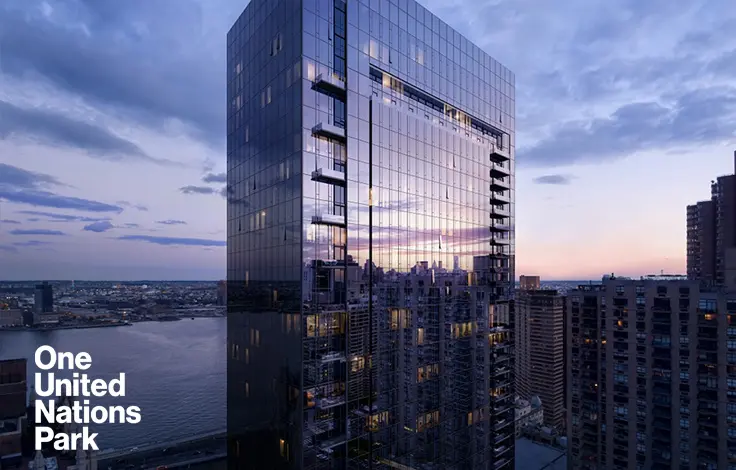
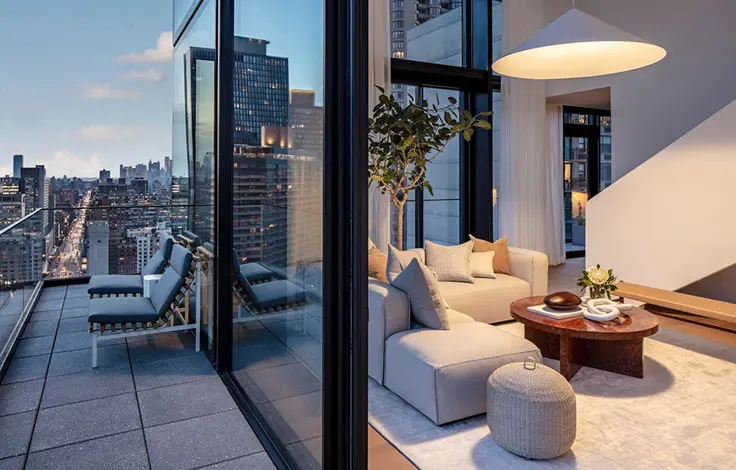
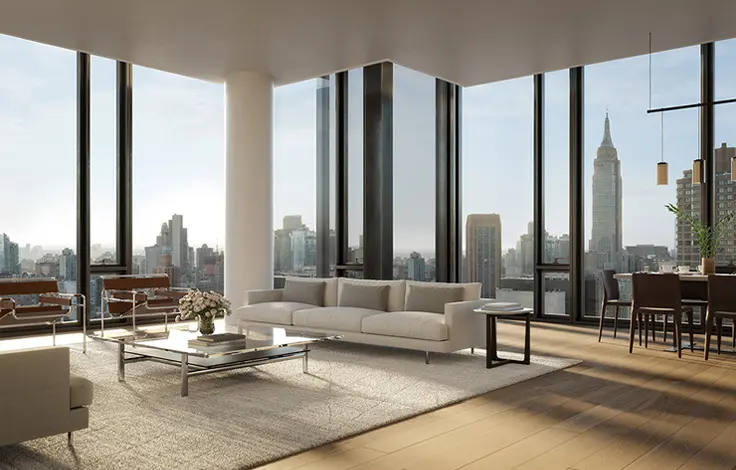
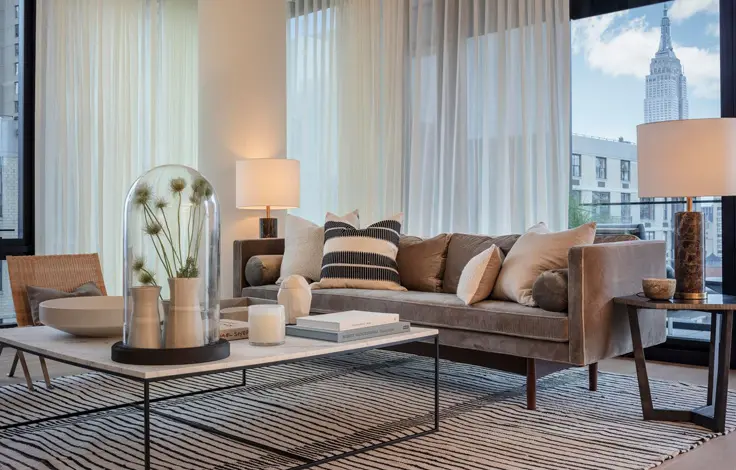
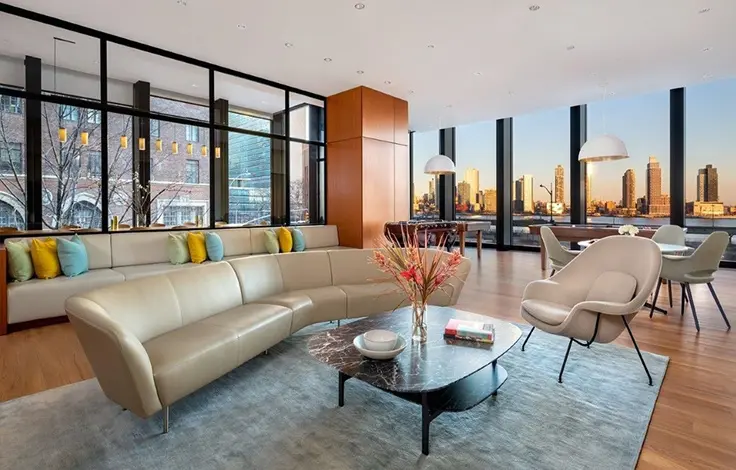
 6sqft delivers the latest on real estate, architecture, and design, straight from New York City.
6sqft delivers the latest on real estate, architecture, and design, straight from New York City.
